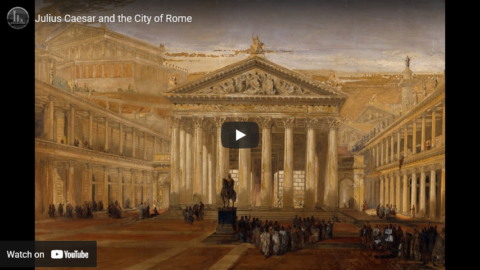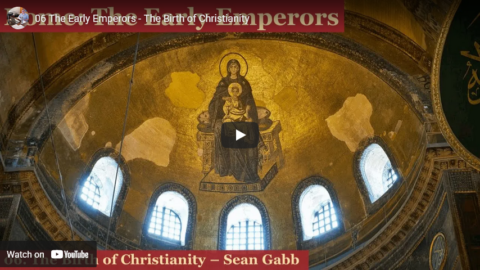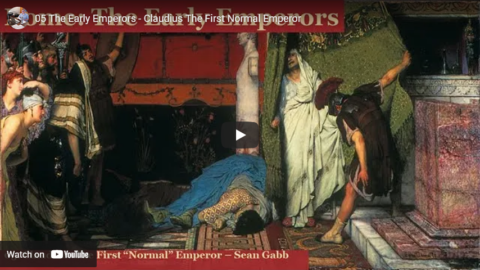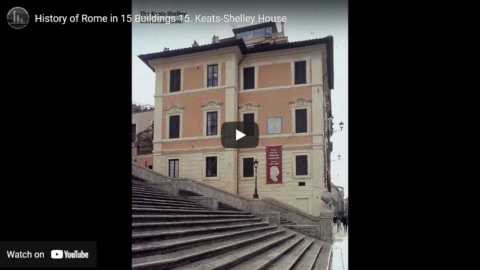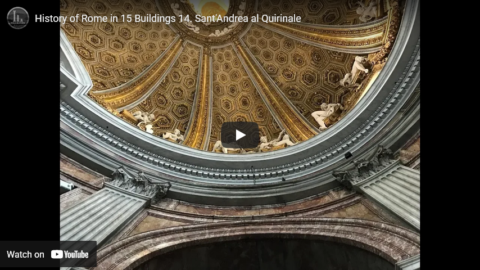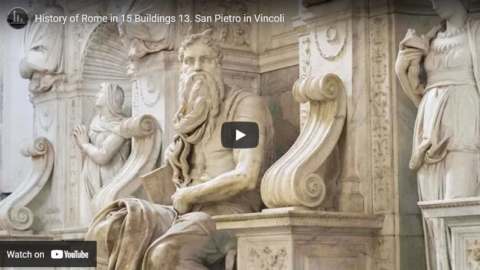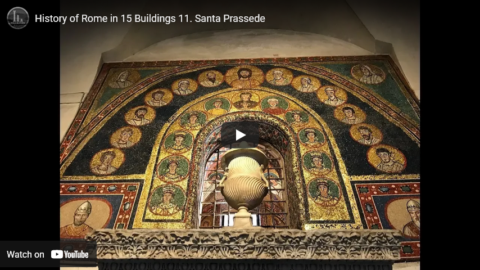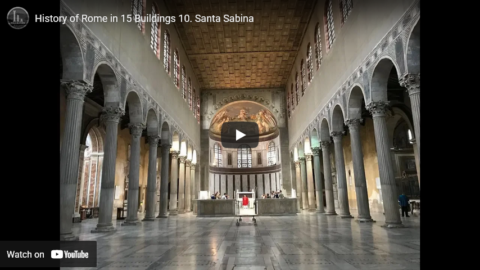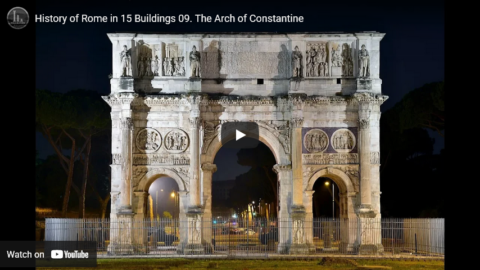Outgoing (in several senses) British PM Boris Johnson was a political throwback in many ways:

Prime Minister Boris Johnson at his first Cabinet meeting in Downing Street, 25 July 2019.
Official photograph via Wikimedia Commons.
Johnson was the most amusing prime minister in living memory, but also the most historically aware. The first British political leader since Harold Macmillan to read classics, he was hugely influenced by the ideas of the ancient world, in particular Fortuna. And as Tom Holland reflected in last Friday’s The Rest is History, this obsession with the classics guided his career.
Classics, Holland said, had once been a “how to do politics” course, from the time of Machiavelli to the aristocrats of the 18th and 19th centuries, seen as a guide to “how to behave morally and politically”. This became especially important as elites in Europe and America came to consciously imitate the ancients — five Victorian and Edwardian prime ministers read classics — but “that has not been the case for many, many years”.
Johnson in that way “is a throwback. He is someone for whom classics is central to his education, but I think the thing that is intriguing about it is that he studied it as an example of how to get ahead. He had a properly Greek/Roman understanding of Fortuna, Tyche, chance, this great goddess who has her favourites. He genuinely, in an inchoate sense but in a sense that does seem to be authentic, saw himself as fortune’s favourite, but of course it’s the essence of tragedy, the cruelty and humour of Fortuna, that she raises her favourites up only to hurl them down. The joke that fate has played on Johnson is a particularly cruel one.”
It’s hardly surprising that Boris believed in Fortuna, considering just how much she smiled on him. A little over a year ago I wrote about how incredibly fortunate Boris was to become leader in the middle of a seismic demographic shift that would make life very difficult for the Tories in just a few years.
It was all the more incredible because, just 12 months earlier, it appeared that Boris’s luck had finally run out. Having done everything to climb the greasy pole, Johnson had achieved his goal only for his dreams of power to turn sour. Apollo had fired his arrow at Britain and Boris was left with a country overrun by disease and necessitating authoritarian measures that repulsed him; soon he was sick himself, and it looked like he might follow his idol Pericles a bit too much by dying of the plague.

